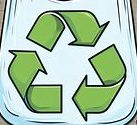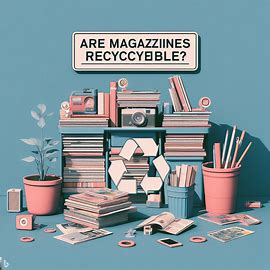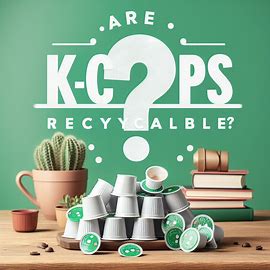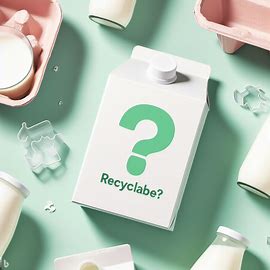Is Silicone Recyclable? Unlocking the Mystery
Silicone, a versatile material known for its flexibility and durability, has become a staple in various industries. As sustainability gains traction, questions arise about the recyclability of silicone. In this blog post, we’ll dive into the eco-mystery surrounding silicone, exploring its properties, the challenges of silicone recycling, and the current state of sustainable disposal.
Understanding Silicone:
Silicone, a synthetic polymer made from silicon, oxygen, carbon, and hydrogen, boasts properties like heat resistance, water repellency, and non-toxicity. Its versatility makes it a popular choice for kitchenware, medical devices, electronics, and more. However, when it comes to recycling, the story becomes nuanced.
Is Silicone Recyclable?
The straightforward answer is that traditional recycling systems generally do not accept silicone. Unlike materials like plastic or glass, silicone presents unique challenges in the recycling process. Its molecular structure makes it resistant to the traditional methods employed in recycling facilities.
Challenges in Silicone Recycling:
While traditional recycling may pose challenges, silicone’s durability and non-toxic nature make it suitable for reuse and upcycling. Reusable silicone products, such as food storage containers or kitchen utensils, can significantly reduce single-use plastic consumption.
Silicone Recycling Innovations:
In recent years, researchers and innovators have been exploring new methods to recycle silicone. Some promising technologies involve breaking down silicone into its molecular components for reuse. However, these innovations are still in the early stages, and widespread implementation is pending further development.
Best Practices for Sustainable Silicone Disposal:
In conclusion, while silicone presents challenges in traditional recycling systems, the journey towards sustainable silicone disposal is evolving. Innovation and increased awareness are driving progress in finding solutions to recycle or repurpose silicone effectively. As consumers, we play a crucial role in exploring alternative disposal methods, promoting upcycling, and supporting advancements in silicone recycling technologies.
As we navigate the eco-mystery of silicone recyclability, it’s clear that sustainable solutions are on the horizon. While traditional recycling may not yet fully accommodate silicone, our collective efforts in responsible disposal and exploration of emerging technologies contribute to a more sustainable future. As research progresses and awareness grows, we move closer to unraveling the mystery of silicone’s environmental impact.







